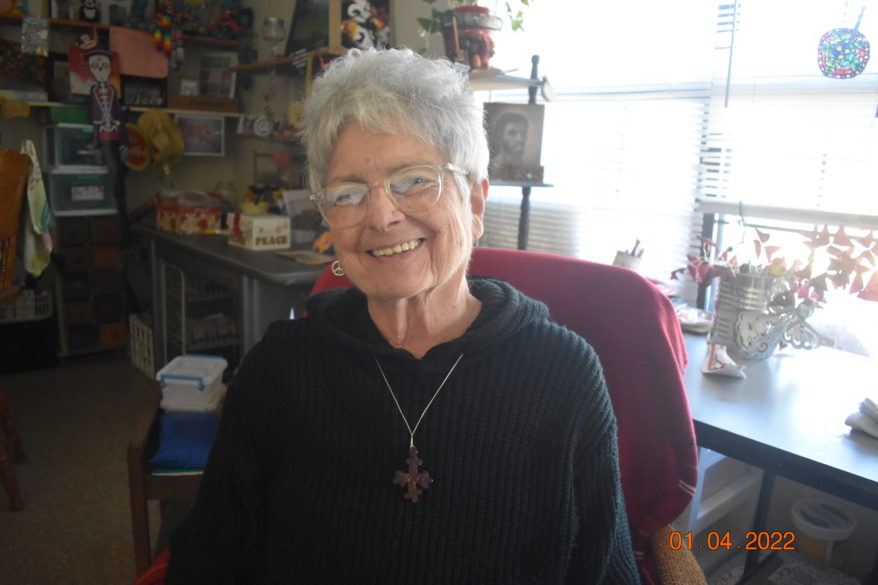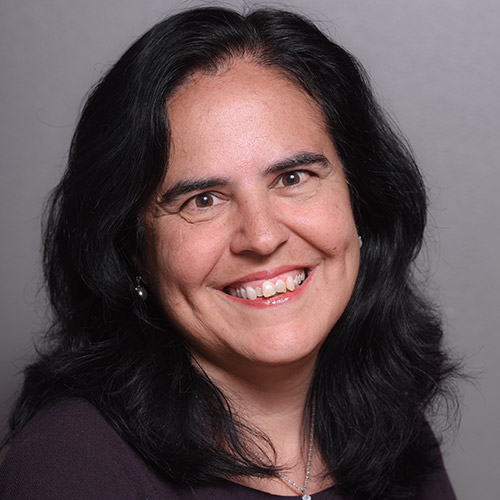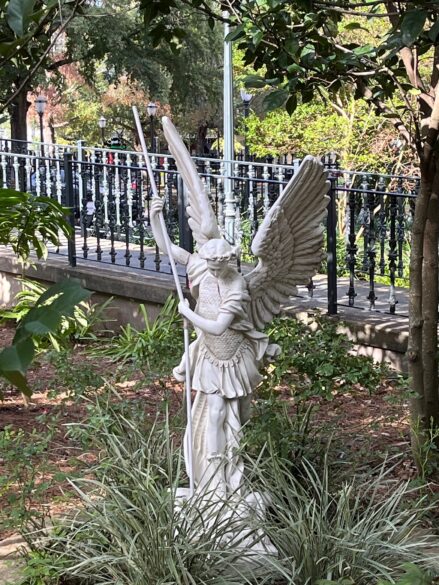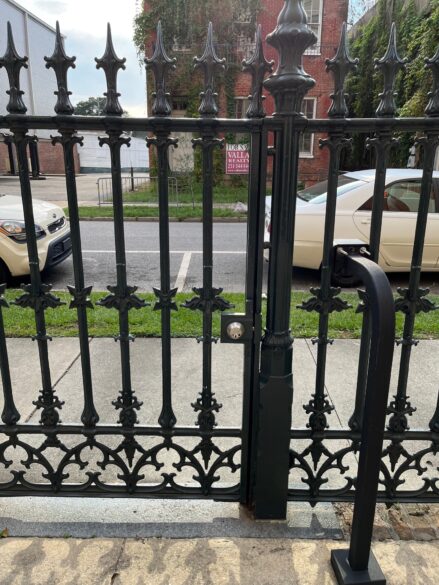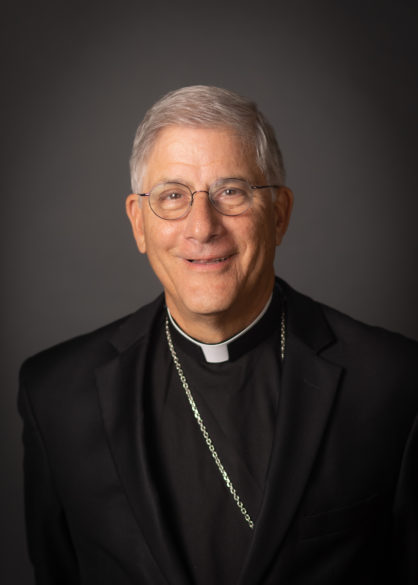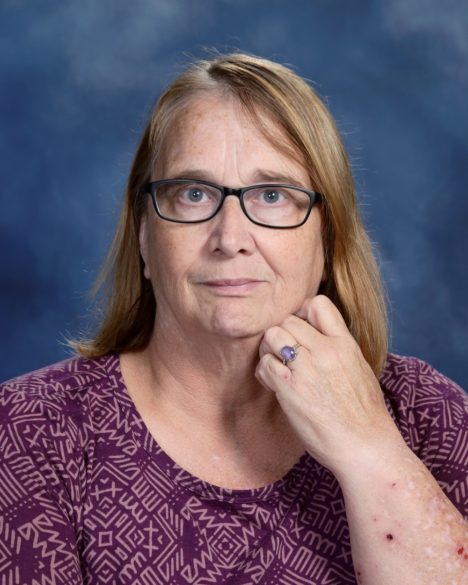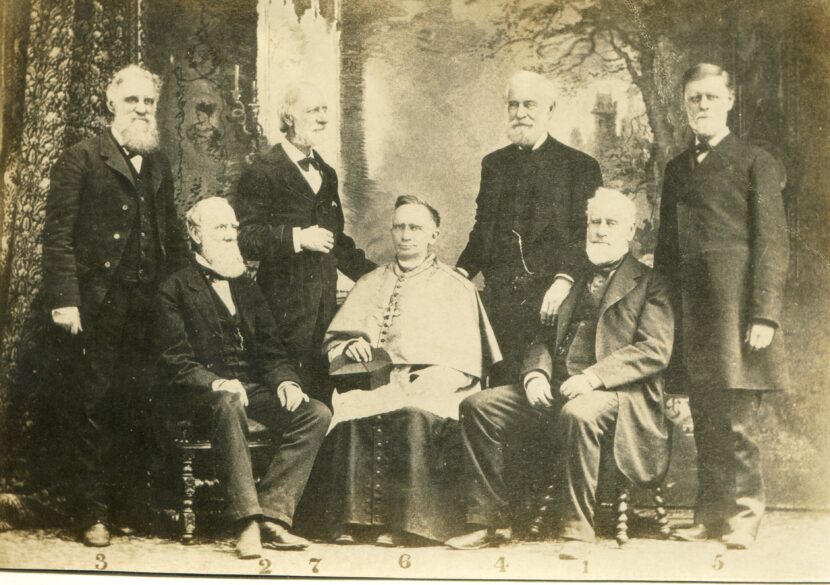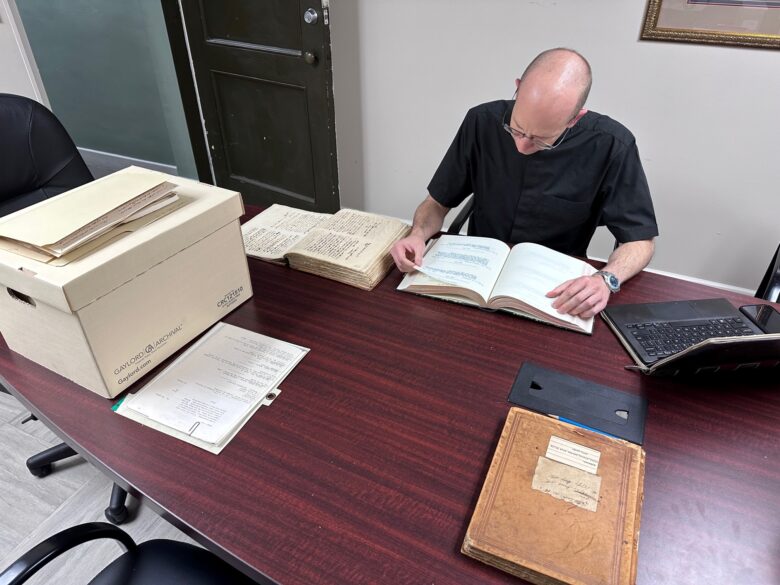IN EXILE
By Father Ron Rolheiser, OMI
In a book, The Book of Hope, which he co-authored with Jane Goodall, Douglas Abrams makes this statement: Creating the human race may be the single biggest mistake evolution ever made.
He says this tongue-in-cheek since he recognizes that the emergence of the human race was clearly intended by the evolutionary process and that rather than being a colossal mistake it is the apex of the process. Nonetheless, today, the human race is a huge threat to planet earth. Simply put, there are now over seven billion people on the planet and already in many places we have used up nature’s limited resources faster than nature can replace them. By the year 2050 there will probably be 10 billion of us. If we carry on with business as usual, the planet simply cannot sustain us, at least if we continue in our present lifestyle.
And the lifestyle referred to here is not, first of all, the lavish lifestyle of the rich who can be reckless and consume more than their share of resources. They, of course, contribute to the problem and unduly influence the rest us in our own habits of consumption; but the lifestyle referred to here is what you and I, conscientious consumers, are living, even as we conserve, recycle, compost, drive electric cars and try to live simply.
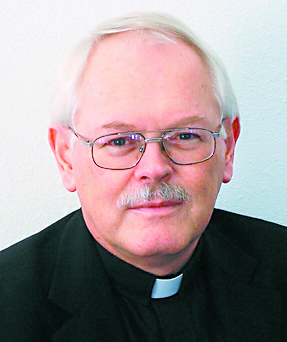
I can take myself as an example. I’m trying to be sensitive to what my own consumption is doing to mother earth. By comparison to those who have a luxurious lifestyle, I can claim to live pretty simply. I don’t buy what I don’t need, have a very small wardrobe, and am cautious about the amount of electricity and water I use. I drive a second-hand compact car and try to drive it only when necessary. I help assure that the thermostat in our house is set so as to ensure the minimal use of electrical energy, and I live in a relatively small house, recycle and try to use as little plastic as possible.
But, on the other hand, I have two computers, a desktop in my office and a laptop at home. I have a cellphone which, through the years, has had to be updated four different times in terms of buying a new model and junking the old one. I shower daily and, depending upon physical work and exercise, sometimes take a second shower. I drive a car. I get on an airplane at least once a month for conferences and meetings and I fly internationally several times a year to visit family. I don’t have a lot of clothes, but my ministry and work require a certain standard of dress (which I meet minimally).
I think I can claim a simple lifestyle, given where I live and the work I do. However, realistically, if all seven (plus) billion people in the world lived as I do, there wouldn’t be enough resources to sustain us. Bottomline, the world cannot support eight billion people if everyone lives as I do, and as most of us do in the more affluent parts of our world. What’s the answer?
We can lay a guilt trip on ourselves and on others, though this isn’t necessarily helpful. What can be helpful? There’s no easy answer. Those of us living in the more affluent parts of our world can make changes, but can we simply stop using computers and mobile phones? We can conserve water, but can we abandon our present standards of hygiene? We can conserve electricity, but can we simply stop driving our cars and darken all our city buildings at night? We can be more scrupulous on how much we travel on airplanes, but can we live without airplane travel? We can cut back on what we buy in terms of excess food, excess clothing, and excess luxuries and entertainment. We can recycle, compost and not use plastic bags – and all of this, cumulatively, will make a difference. Indeed, all of this needs to be done. However, helpful though this is, it alone will not solve the problem.
For Jane Goodall, beyond these individual things, we need to do some collective things to solve the existential threat to this planet. Goodall names three: First, we must alleviate poverty. If there are people living in crippling poverty, it is understandable that they will cut down the last tree to grow food or catch the last fish because they are desperate to feed their families. Second, we must eliminate government corruption and corporate greed. Without good government and concern for the common good in business, it is impossible to solve our enormous social and environmental problems. Moreover, those who for their own benefit refuse to face the problem will go on unchallenged. Finally, collectively too, we must realistically face up to the tension between our lifestyle and the ever-growing population on this planet.
Thoughtless consumers are part of the problem – but so are the rest of us, me included, who fancy ourselves as living simply.
(Oblate Father Ron Rolheiser is a theologian, teacher and award-winning author. He can be contacted through his website www.ronrolheiser.com.)

